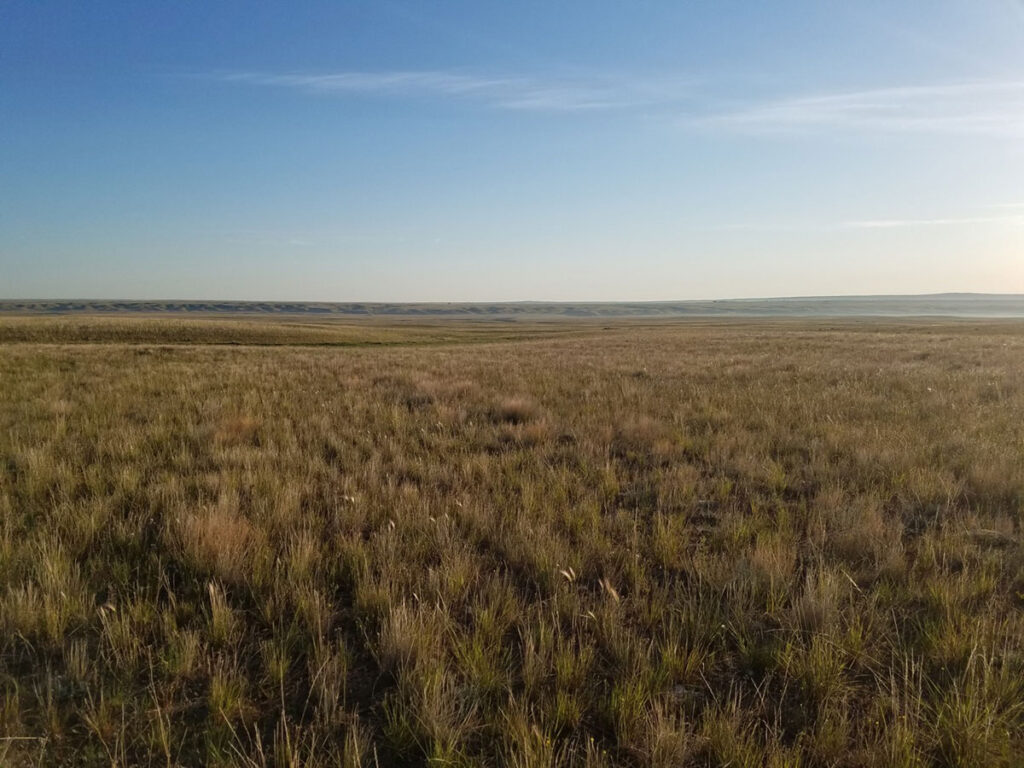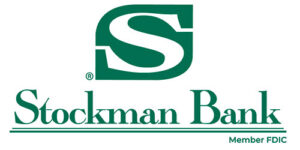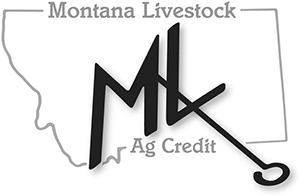The property will serve as a space to cultivate new ranchers while emphasizing mentorship, community involvement, and stewardship of working lands.
Malta, Montana — One year after announcing a collaborative vision for a ‘grassbank campus,’ the Ranchers Stewardship Alliance (RSA) and The Nature Conservancy (TNC) are proud to share a significant step forward with the purchase of a portion of the Webb Ranch near Loring, Montana. This 7,758-acre property will become a living platform for RSA’s growing mission: to create new opportunities for beginning and building ranchers while fostering mentorship from seasoned producers.
In close partnership with a local real estate professional, the group diligently searched for a property that met two critical criteria: first, the property allowed ample time for local buyers to express interest; and second, it was at risk of leaving production agriculture. The Webb Ranch emerged as the ideal fit. Every step of the process was guided by a deep respect for the region’s ranching community and a commitment to ensuring the purchase added value to Montana agriculture.
“I thank TNC for their interest in this portion of our ranch, the original homestead near the Canadian border,” said Bill Webb. “I look forward to assisting them with their goals.”
With the initial purchase by TNC now complete, the organization has started the process of transferring the property into RSA ownership and management. In the coming months, RSA’s rancher-led Board of Directors will build a place-specific management plan that honors the land’s rich legacy while pushing boldly toward the future. The ranch will initially be leased to a local rancher as this long-term plan, which will include grazing access for numerous beginning and building producers, takes shape.
Throughout the process, RSA remains committed to transparency, local involvement, and the long-term vitality of working lands. The project is not only about keeping producers on the land but multiplying that impact by supporting ranchers in early stages of development. More than providing a grazing opportunity, this ranch will serve as a campus for connection—a place where mentorship thrives, community builds resilience, and education is rooted in real-world experience. By pairing access to land with support, learning, and relationships, RSA aims to help new and growing ranchers start strong, stay strong, and contribute to a thriving landscape.
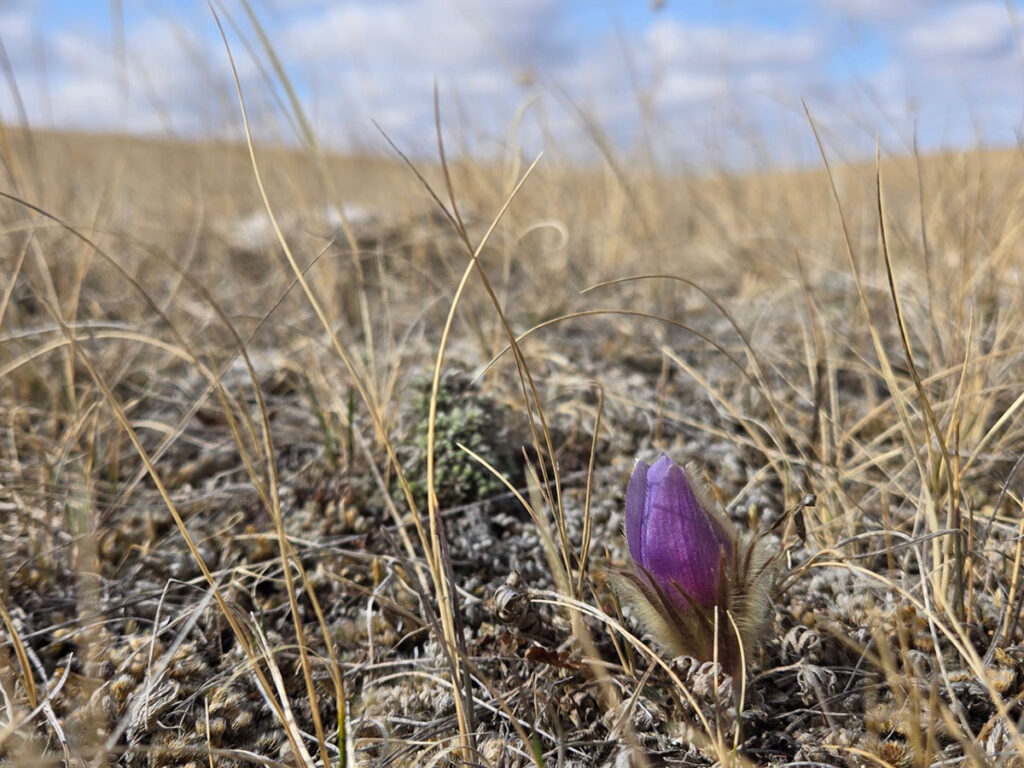
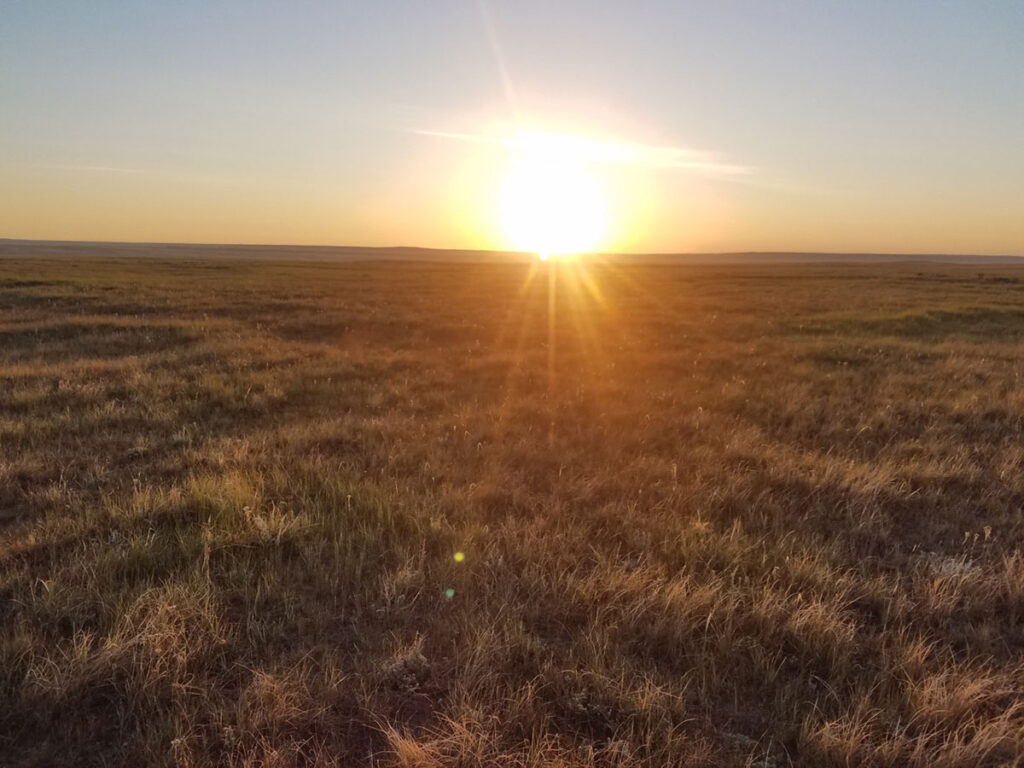
What is a Grassbank?
A grassbank is a system where ranchers are incentivized to implement practices, traditionally conservation-based, on their own land in exchange for access to grazing. The most well-known example in Montana is TNC’s Matador Ranch, a 60,000-acre ranch located in south Phillips County where multiple ranchers graze in common. With this model, a producer would have to own land to participate. Because many of the ranchers RSA hopes to support in this new project may not yet own land, the grassbank model shifts: beginning and building ranchers will earn access and incentives by taking steps that set them up for long-term success. RSA’s rancher-led Board of Directors will determine these incentives with a mindset of meeting ranchers where they are and preparing them for where they want to go.
“This moment is a testament to what collaboration and shared vision can accomplish,” said RSA President and Phillips County rancher Conni French. “We believe in thoughtful ranching and the stewardship of these grasslands. With this gift, we’re putting those beliefs into motion—while staying rooted in our values of transparency, local respect, and working in step with our community.”
“Here at The Nature Conservancy, we believe in the power of community-led conservation, and we are honored to support the Ranchers Stewardship Alliance in their aim to further support their community and Montana’s ranching legacy,” said Kelsey Molloy, Northern Great Plains Director for the Montana Chapter of The Nature Conservancy. “This is an incredible milestone and such a meaningful step toward ensuring Montana’s agricultural heritage remains strong and sustainable and our landscapes are healthy and thriving.”
More information will be shared in the coming months as RSA elevates community outreach and establishes its management plan.
